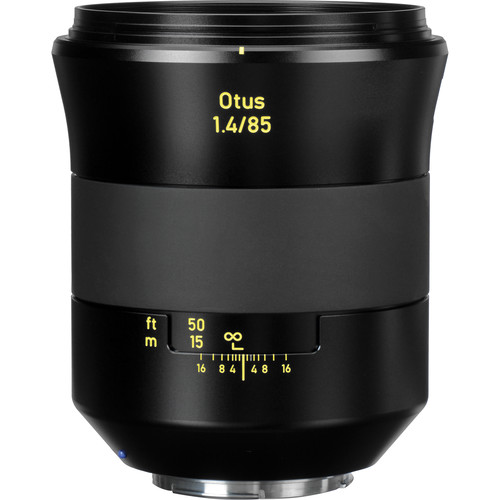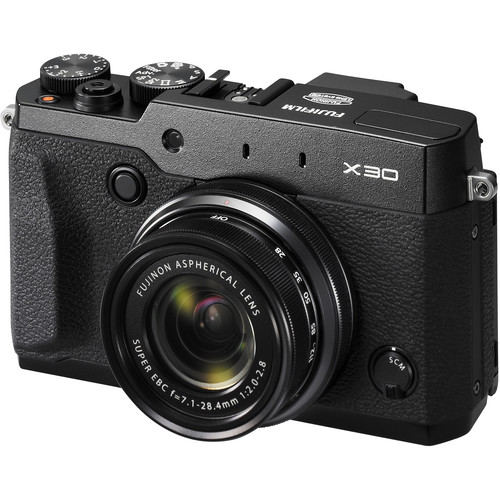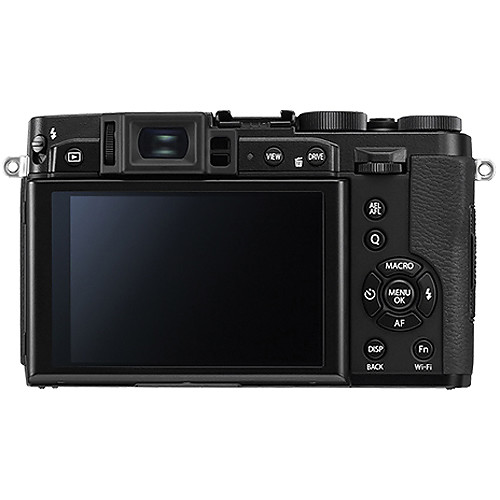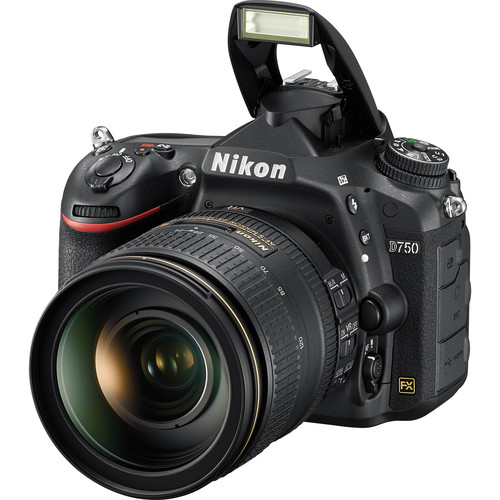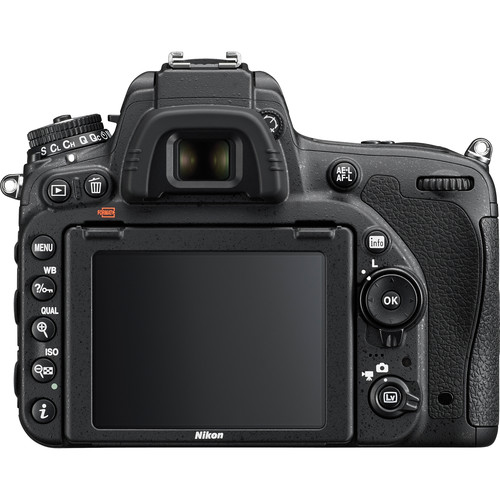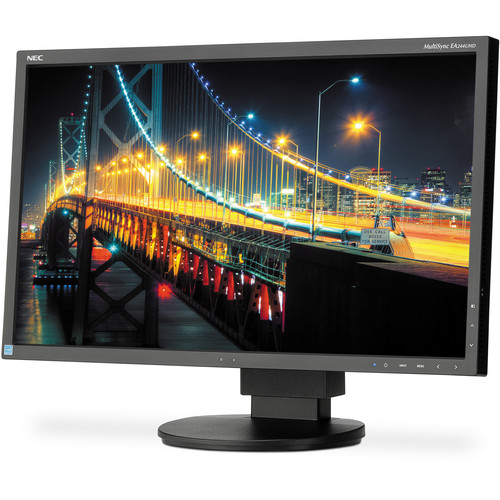In the first part of my review, I expressed how impressed I was with this camera. Despite being crippled by a mediocre kit lens for this review, I’ve been very pleased with image quality and dynamic range for the shots I’ve taken with it.
In this final installment of my review, I’ll focus more on some of the technical aspects of this camera and discuss how I feel it compares to some of the other cameras I’ve tested.
Mug Shot Test

f/8 @ 120 mm, 1/200, ISO 100
Unedited in-camera JPEG – click for the full size
Knowing that this camera has great dynamic range, I decided to put it to the torture test using a model with dark eyes and a black background just to see how many tones it could capture. As you can clearly see from above, the D750 knocked this one out of the park.
I can clearly distinguish the pupil from the iris in the eye as well as all the shades in the models hair. Even the black background shows a buttery smooth series of tones.
While this is certainly no Otus 85mm lens, I was plenty satisfied with the detail captured on the skin (sorry Julia!) and the eyelashes.
In short, this camera nailed the mugs shot test, so one could only hope the DMV will start using these – or maybe not!
Bookshelf Test

f/5.6 @ 50 mm, 1/13, ISO 12800, No Flash
Click for the original to fully appreciate the high ISO performance
Overall my testing revealed that image quality and tonal range are fantastic in the ISO 100-12,800 range. When you go into the high modes of 25,600 and 51,200 the dynamic range begins to suffer, but even with in-camera noise reduction results in a usable image.

f/5.6 @ 50 mm, 13s, ISO 100, No Flash
This is the sweet spot of the lens that I tested,
so click for the original to see the best image I could get with the kit lens
Unlike a lot of Nikon’s I’ve tested which tend to have either overly bright or dark metering, I found this camera to have a nice happy medium. With that said, I did get some unexplainable shifts in brightness and color when using auto white balance and matrix metering during my bookshelf testing. This is really my only complaint with this camera, and hopefully this is something that will sort itself out with a future firmware update.
Compared to the 5D Mark III
I own and love the Canon 5D Mark III, and without question it’s definitely one of the best Canon’s ever made. However, it is not without flaws. Do I think the Nikon has leapfrogged the 5D Mark III? YES! The overall dynamic range offered by this camera creates a wide spectrum of natural tones that is more true to life straight out of the camera than what I get out of my 5DM3. While I still prefer many features and characteristics of the Canon, for now this is the new defacto standard for parents, event and travel photographers who really want the best image quality possible.
While personally I don’t give a hoot about video from a DSLR, I still think the movie industry support around Canon probably gives it an advantage. However, I can’t imagine any D750 user being disappointed with the video performance with a sensor that is this good.
What should a 5D Mark III owner do? My advice is to save your money. Inevitably Canon will have a response and for now you have a great camera that’s not worth taking a big loss on – especially if you’ve got a good investment in lenses. Think of it a bit like you are driving the 2013 version of your dream car and your neighbor gets the 2014 model which has some nice new bells and whistles. While it sucks not to have the best product possible, you probably wouldn’t sell your car just to upgrade. I think the same philosophy applies here, so enjoy what you have and spend your money elsewhere – God knows there’s a lot of other ways to spend your money on photography gear and software, so don’t waste your money trying to keep up with the latest camera.
Skip the Kit Lens

Nikon AF-S NIKKOR 24-85mm f/3.5-4.5G ED VR Lens
My favorite “cheap” zoom lens for starter kits
I wasn’t a big fan of the kit lens, so I’d advise to go body only and get something else. I definitely liked the Nikon AF-S NIKKOR 24-85mm f/3.5-4.5G ED VR Lens that I tested with the D600 – it was surprisingly good (and cheap). The AF-S 24-70mm f/2.8G ED is the lens to have if you can afford it, so if you are just starting out I’d consider either of those as better choices over the 24-120mm.
Conclusion
If you have an investment in Nikon lenses and are wondering if it is time to upgrade your camera body, I’d say it depends. While I personally wouldn’t take a loss on a perfectly good D600/D610, I’d certainly upgrade any other Nikon besides the D800/D810 and D4/D4s up to this one – if you’ve already bought all of the high quality lenses you are ever going to buy. Great lenses make the most of any camera body, so I always recommend spending extra funds on glass before camera bodies.
With that disclaimer out of the way, owners who do upgrade are going to be delighted. Those frustrated by some of the limitations of the D600/D610 might also find it a worthwhile upgrade, despite that being an excellent camera in its own right. I can definitely say that as a fan boy of the D600/D610, I found myself very excited to see that my minor quibbles about those cameras had been addressed leaving me with a camera that I’d probably buy if I didn’t have an investment in Canon lenses.
For those who believe DXOMark sensor scores are the word of God (and I don’t), they ranked the D750 as #6 under the D800E, D800, D600 & D610. While I’m sure in their own scientific way this makes sense to them, I can say that to my eyes in real world scenarios I find the D750 to be a overall better performer at higher ISO’s than the D800’s and about the same as the D600/D610. As a result, I continue to say these sensor scores are non-sense in the real world so take them with a grain of salt. The D750 is a fantastic camera that will definitely not disappoint, so without reservation I highly recommend it.
Where to order
Click here to learn more or order the D750 on the B&H web site.
Other articles you may enjoy
If you enjoyed this article, you may also enjoy these:
- REVIEW: Nikon D750 with 24-120mm Lens with Real World Images (Part I)
- Nikon D4s
- Nikon D610 (D600 vs Canon)
- Nikon D810 (includes SIGMA 50mm Art & Otus 55mm)
- Nikon D7000 & 24-120mm Lens
- Nikon D7100 - A Mini D800?
- SIGMA 120-300mm
- SIGMA 35mm Art Series
- SIGMA 50mm f/1.4 Art Series (includes comparisons)
- Canon 5D Mark III First Look (For Parents Version)
- Canon 6D (vs Canon 5DM3 & D600)
- Sony a7R (One of the best sensors I’ve ever tested)
- Ron’s Recommendations
- Discount Coupon Code Page
- Printing Series
Disclosure
If you make a purchase using links found in this article, I may make a commission. It doesn’t cost you a penny more, but it does help to support future articles like this.

